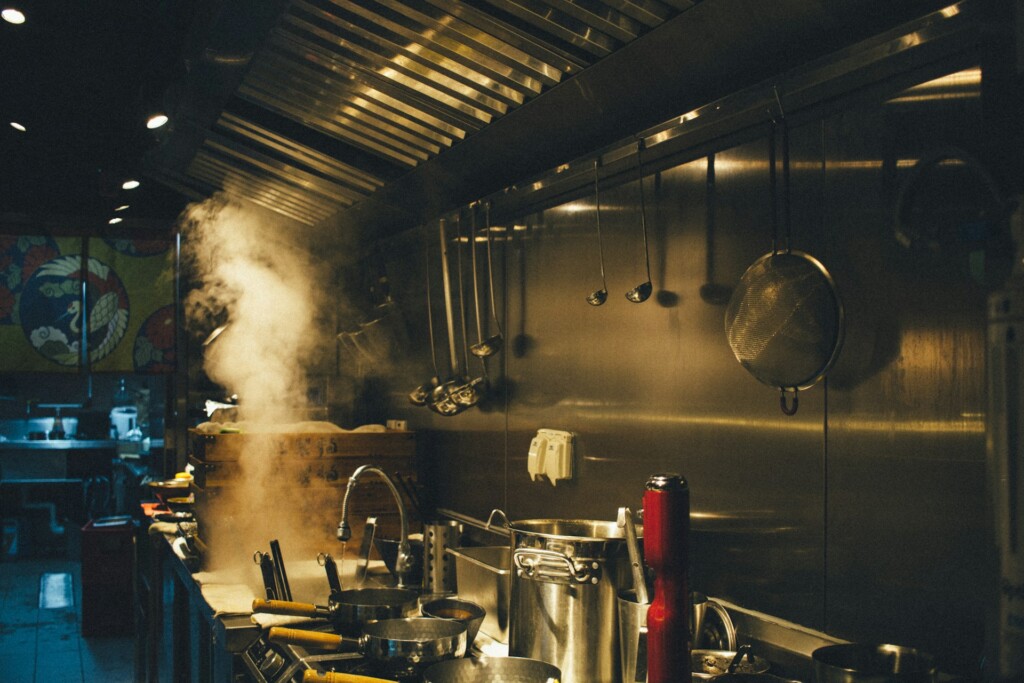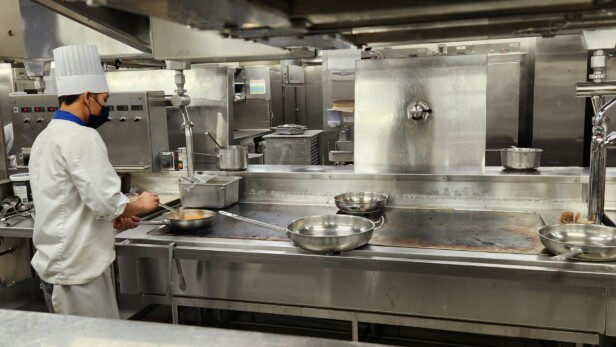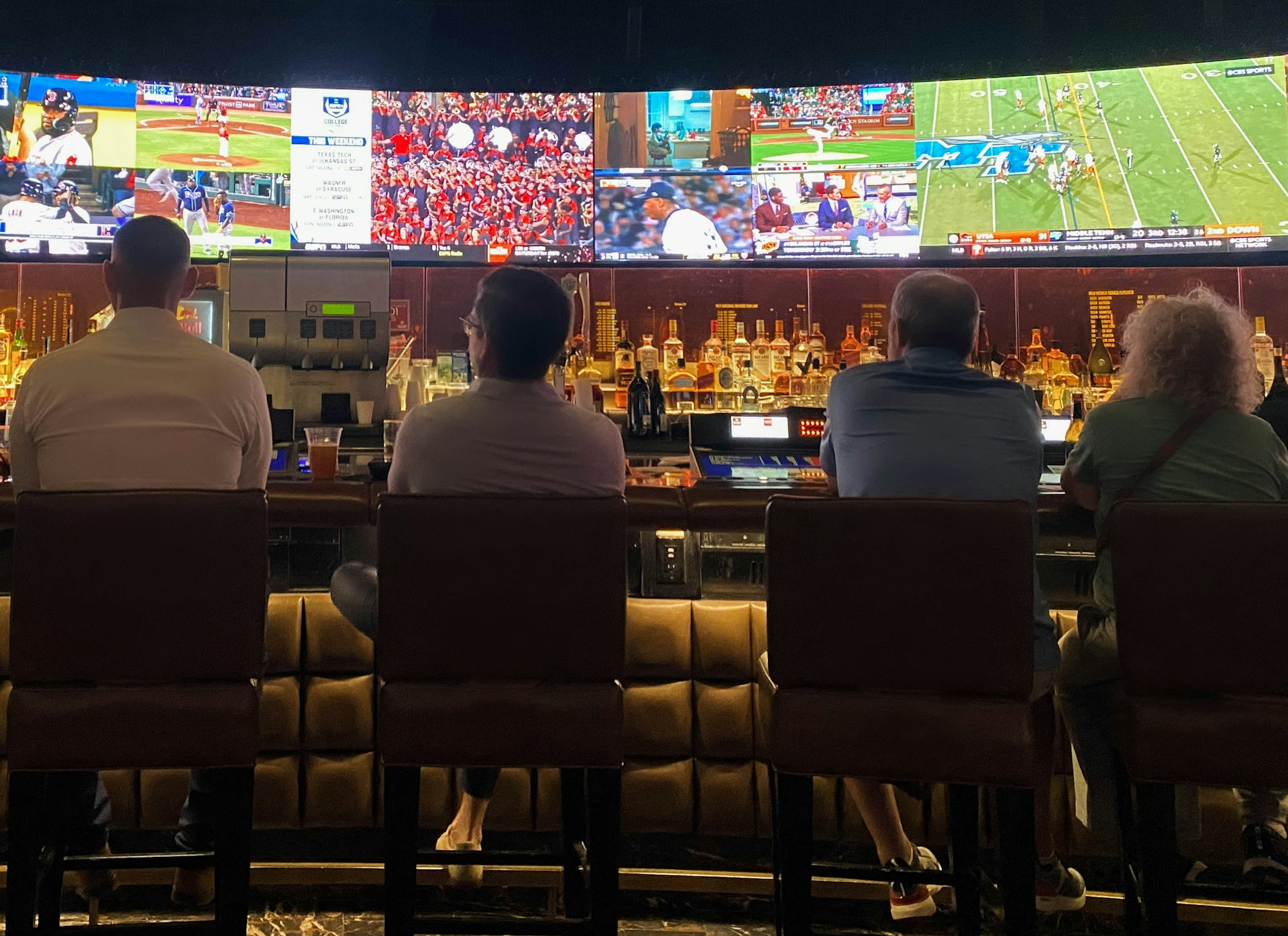Austin Water’s Industrial Waste division establishes strict grease trap sizing requirements that directly impact project viability. We encounter these regulations on every commercial kitchen build, where proper sizing becomes critical to both regulatory compliance and operational success.
The sizing process connects to ongoing operational requirements that affect our construction planning. Traps must maintain service by a licensed waste hauler with a City of Austin permit, undergo cleaning at least every 90 days or when grease and solids reach 50% of the wetted height, and meet Austin Water’s FOG discharge limit of 200 mg/L with potential fines reaching $2,000 per occurrence.
How Does Austin Determine Grease Trap Size?

Austin Water’s Industrial Waste division follows a systematic three-step calculation method for grease trap sizing. This approach gives us a clear framework when we design commercial kitchen drainage systems that comply with city standards.
The first step requires counting all fixture units connected to the interceptor. Each fixture type carries a specific fixture unit value based on its drain size and grease-bearing potential. Three-compartment sinks typically carry 4 to 8 fixture units depending on their trap arm size, while dishwashers range from 6 to 8 units. Hand sinks contribute 2 to 4 units, and floor drains add another 2 to 4 units each.
Step two establishes the minimum flow rating by multiplying total fixture units by 3 gallons per minute. This calculation creates the baseline flow capacity the interceptor must handle during peak operations. A kitchen with 20 fixture units requires a minimum flow rating of 60 gallons per minute.
The final step determines minimum liquid holding capacity by multiplying the flow rating by 12 minutes. This 12-minute retention time allows proper separation of fats, oils, and grease from wastewater. Using our 60 gpm example, the interceptor needs a minimum liquid holding capacity of 720 gallons.
For hydromechanical grease interceptors, Austin Water applies the same liquid holding capacity calculation. HGI sizing relies on this minimum capacity calculation rather than alternate methods. The actual interceptor capacity exceeds the calculated minimum to accommodate venting and freeboard requirements.
We emphasize securing Austin Water IW plan approval before purchasing any equipment. The city issues an Industrial Waste approval letter specifying the exact interceptor size and design requirements. This approval process protects against costly equipment rejection and replacement scenarios that can delay project completion and strain construction budgets.
How Do Approval And Equipment Selection Work In Austin?
Austin Water’s Industrial Waste division operates a structured approval process that prevents costly equipment mistakes. We coordinate directly with IW staff to secure plan approval and obtain the required approval letter before any equipment purchases. This letter specifies the exact interceptor size and design requirements for the project.
The City maintains an acceptable manufacturers list that identifies approved grease trap and grease interceptor suppliers. This list ensures equipment compliance with Austin’s pretreatment standards. We reference this document during equipment selection to avoid specification conflicts during installation.
The timing of equipment purchases proves critical in Austin projects. IW guidance explicitly warns against purchasing interceptors before receiving plan approval. Equipment ordered prematurely risks rejection during inspection, leading to replacement costs and project delays. We build approval milestones into our construction schedules to prevent these expensive setbacks.
Even institutional customers like UT Austin follow the City’s protocol, referencing both the Grease Trap Sizing Criteria and Acceptable Manufacturers list in their internal procedures. This consistency across commercial and institutional projects demonstrates the importance of adhering to established approval pathways. We ensure our equipment selections align with these standardized requirements during the specification process.
Licensed hauler requirements extend beyond installation to ongoing operations. All servicing must be performed by haulers holding current City of Austin permits. We verify hauler credentials during the project planning phase and coordinate with approved service providers to establish maintenance schedules that comply with Austin’s 90-day cleaning requirements and wastewater sampling protocols.
What Maintenance And Compliance Rules Affect Sizing Choices?
Austin’s maintenance requirements directly influence how we size grease interceptors for our clients. The City mandates cleaning at least every 90 days, but the real trigger is when grease and solids in the final compartment reach 50% of the wetted height. This measurement determines the practical cleaning cycle.
Austin Water conducts wastewater sampling to enforce the FOG discharge limit of 200 mg/L. Violations carry fines up to $2,000 per occurrence. We factor these compliance thresholds into our sizing calculations because adequate capacity reduces the frequency of reaching the 50% wetted height threshold.
All servicing must be performed by a licensed liquid waste hauler with a current City of Austin permit. Service manifests must be maintained onsite for three years. UT Austin requires manifest submission to Environmental Health and Safety within two weeks of service, showing how institutional users face additional documentation requirements.
The City prohibits enzymes or chemicals that cause bypass of oil, grease, or solids. This prohibition affects sizing because we cannot rely on chemical aids to extend cleaning intervals. Proper capacity becomes essential for maintaining compliance between service visits.
These maintenance rules drive our sizing approach because undersized units reach the 50% wetted height trigger more frequently. We design interceptors with sufficient capacity to handle peak flows while maintaining reasonable cleaning intervals. The goal is balancing initial cost with long-term compliance and operational efficiency.
Conclusion And Next Steps

Austin’s grease trap sizing follows a systematic approach through Austin Water IW criteria that builds on fixture units, flow calculations, and the critical 12-minute retention standard. The three-step process provides construction teams with clear parameters for interceptor selection while maintaining compliance with discharge limits and operational requirements.
We coordinate early with Austin Water IW during plan review to ensure interceptor design, sizing, and maintenance schedules align with FOG sampling protocols and penalty structures. Securing IW plan approval before equipment purchase prevents costly rejection scenarios, while selecting from the acceptable manufacturers list streamlines the approval process. Planning service arrangements with licensed haulers from project start helps maintain the 90-day cleaning cycle and 50% wetted height thresholds that drive long-term compliance and operational efficiency.
Ready to navigate Austin’s grease trap requirements for your commercial kitchen project? Contact EB3 Construction to discuss sizing, approval coordination, and installation planning.




